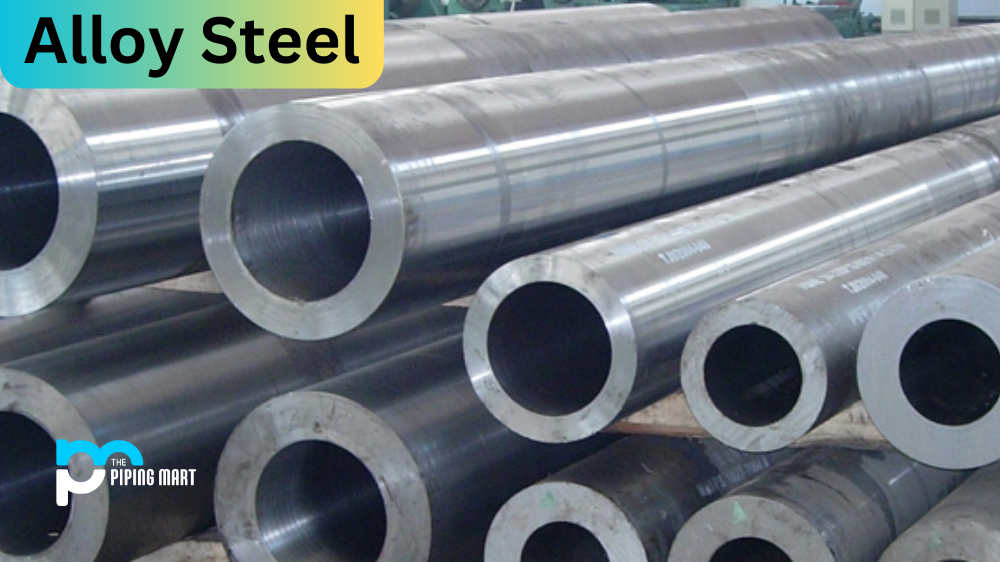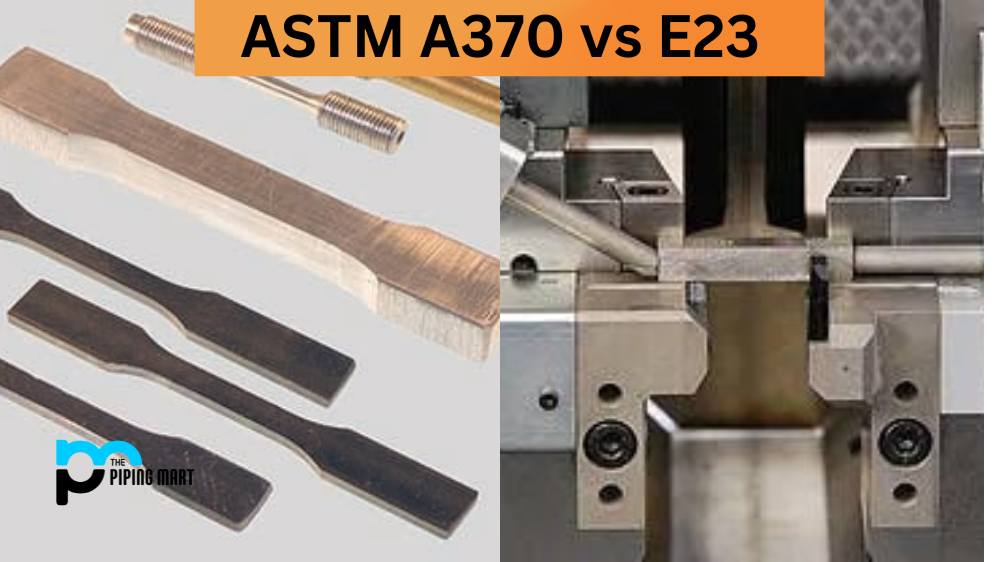When it comes to metalworking, manganese steel is one of the most important materials. It’s made up of a combination of iron and manganese, plus other elements, including carbon, silicon, nickel, and molybdenum. Two common grades are 16Mn and 20Mn. So what’s the difference between them? Let’s take a look.
Chemical Composition
The chemical composition for each grade varies slightly. 16Mn Manganese Steel has a lower percentage of manganese than 20Mn Manganese Steel. 17% of 16Mn is made up from manganese compared to 24% of 20Mn. The rest is composed of iron, carbon, silicon, nickel, molybdenum, and other elements in varying amounts.
Mechanical Properties
16 Mn and 20 Mn Manganese Steel have different mechanical properties as well as chemical compositions. For example, 16 Mn has higher tensile strength than 20 Mn but with lower elongation at break (the distance before it will no longer stretch). This means that while 16 Mn can be stretched further than 20 Mn before snapping or breaking, it won’t stretch as far as the latter before failing or deforming.
Meanwhile, 20 Mn has higher yield strength than 16 Mn but only by around 3%. This means that while it cannot be stretched as far as its counterpart without breaking, it can withstand more pressure without being permanently damaged or deformed.
Applications
Due to their varying properties and composition, these two grades find different applications in various industries such as mining, agriculture, and construction. For example, 16 Mn is often used for components found in heavy machinery such as excavators due to its superior toughness, which helps withstand considerable impact forces like those encountered in excavation work. On the other hand, 20 Mn may be more suitable for agricultural equipment like harvesters due to its higher resistance to wear and corrosion when exposed to the elements over long periods of time.
Conclusion
Both 16 Mg and 20 Mg Manganese Steel are incredibly versatile materials used in many engineering applications ranging from mining machinery to agriculture equipment due to their ability to resist wear and corrosion even under harsh conditions over extended periods of time with minimal maintenance requirements. However, they do differ in terms of mechanical properties, so engineers must consider their specific needs carefully when deciding which grade would best suit their project’s requirements ensuring they select an appropriate grade for optimal performance over time while maintaining safety standards throughout the process.

Pipingmart is B2B portal specializes in industrial, metal and piping products. Also, share latest information and news related to products, materials and different types grades to help business dealing in this industry.




